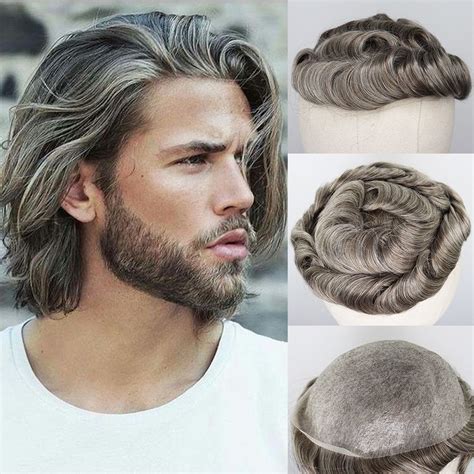Synthetic hair dyes have become an indispensable part of the global beauty industry, with an estimated market size of $25 billion in 2023. This hair-raising phenomenon is transforming the way people express themselves through hair color, empowering them to embrace bolder and more vibrant hues.

Why Synthetic Hair Dye Matters
1. Self-Expression:
Synthetic hair dyes allow individuals to customize their hair color to reflect their unique personality, mood, or style. From subtle highlights to daring rainbow colors, the options are endless.
2. Coverage and Enhancement:
For those with natural hair colors they wish to enhance or cover up, such as grays or fading shades, synthetic hair dyes provide solutions to create a desired look.
3. Fashion and Pop Culture:
Synthetic hair dyes play a crucial role in shaping fashion and pop culture trends. Celebrities and influencers constantly debut new and bold hair colors, inspiring individuals to follow suit.
Benefits of Synthetic Hair Dyes
1. Convenience and Availability:
Synthetic hair dyes are readily available in a wide range of colors and formulas, from box dyes to professional salon treatments. Their easy-to-use application makes them accessible to people of all skill levels.
2. Customization:
Users can mix and blend colors to create unique shades tailored to their preferences and skin tones.
3. Longevity and Fade Resistance:
Permanent synthetic hair dyes bond with hair molecules, providing long-lasting color and fade resistance.
Common Mistakes to Avoid
1. Over-Processing:
Excessive use of bleach or harsh chemicals can damage hair, leading to breakage and dryness.
2. Using Peroxide on Already Dyed Hair:
Applying peroxide to previously dyed hair can result in uneven color or unwanted brassy tones.
3. Neglecting Pre-Treatment:
Failing to cleanse and condition hair before dyeing can compromise the dye’s effectiveness and lead to patchy results.
Innovative Applications of Synthetic Hair Dyes
1. Temporary Hair Tattoos:
Synthetic hair dyes can be used to create temporary designs on hair, such as streaks, geometric patterns, or even small words or symbols.
2. Color-Changing Hair:
Some synthetic hair dyes react to environmental cues, such as sunlight or heat, to produce vibrant color changes.
3. Hair Painting:
Artists use synthetic hair dyes to create intricate and artistic designs by hand-painting hair, providing a unique and personalized look.
Key Statistics on Synthetic Hair Dye Market
| Statistic | Value |
|---|---|
| Global Market Size | $25 billion (2023) |
| Projected Growth Rate | 6% (2023-2029) |
| Hair Dye Preference | 65% of women use hair dye |
| Color Trends | Brown shades dominate (40%), followed by red, blonde, and black |
| Top Markets | United States, China, India |
Conclusion
Synthetic hair dyes continue to revolutionize the beauty industry, providing individuals with limitless opportunities to express their creativity and transform their appearance. With ongoing advancements and innovative applications, the future of synthetic hair dyes looks as vibrant and diverse as the colors they offer.
